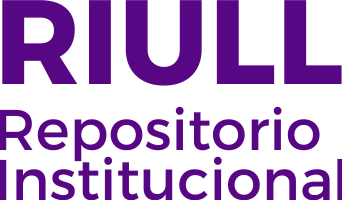Composite nanofibrous membranes of PLGA/Aloe vera containing lipid nanoparticles for wound dressing applications.
Fecha
2019Resumen
Electrospun nanofibrous dressings present suitable characteristics to be used in wound healing, such as high porosity and high surface area-to-volume ratio. In this study, a wound dressing based on PLGA and Aloe vera containing lipid nanoparticles (NLCs) was developed. NLCs were added in order to add a lipid component that could avoid the adhesion of the dressing to the wound and improve its handling. Membranes with and without NLCs were composed of uniform fibers of about 1 µm in diameter. Their porosity was above 80% and their thickness was about 160 µm. Both dressings showed similar water vapour transmission rate 1100 g/m2day. The formulation containing NLCs presented a higher ultimate tensile strength (2.61 ± 0.46 MPa) and a higher water uptake. Both formulations were biocompatible in vitro. Furthermore, the cell adhesion assay demonstrated that both membranes had a low adherence profile, although it was lower with the dressing containing NLCs. Finally, their efficacy was evaluated in a full thickness wound healing assay conducted in db/db mice, where both enhanced healing similarly. Accordingly, the PLGA-AV-NLC membrane might be a promising strategy for the treatment of chronic wounds, since it improved handling in comparison to the formulation without NLCs.




